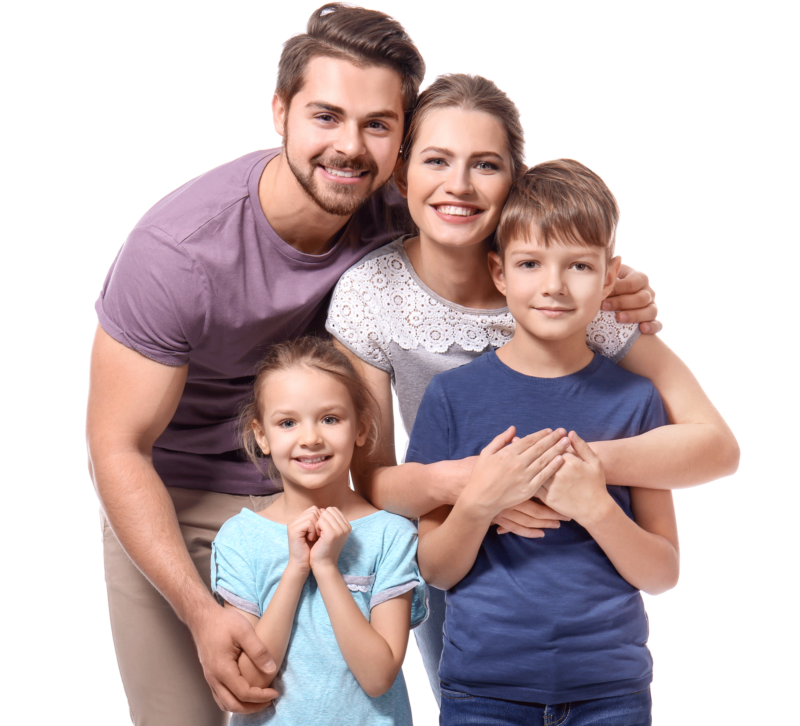Individuals with autism and developmental disabilities face unique challenges in maintaining their physical and emotional well-being. Sensory sensitivities, communication barriers, and co-occurring conditions often contribute to heightened stress, anxiety, and sedentary lifestyles. These challenges were magnified during the COVID-19 pandemic when isolation and disrupted routines exacerbated psychological and behavioral difficulties. However, structured wellness programs that integrate movement, creativity, and mindfulness have emerged as powerful tools to address these issues, fostering confidence, emotional regulation, and meaningful community engagement. At AABR, Inc., a Queens-based nonprofit serving individuals with autism and developmental disabilities since 1956, our experiences—including our findings from an initiative funded by the Substance Abuse and Mental Health Services Administration (SAMHSA) and the development of our Move, Create, and Meditate Program—demonstrate the profound impact of holistic wellness on this population.

A Holistic Approach to Well-Being
Wellness for individuals with autism and developmental disabilities requires a comprehensive strategy that nurtures both body and mind. Research and practice highlight three interconnected pillars—movement, creativity, and mindfulness—that can significantly enhance quality of life.
- Movement: Physical activities such as yoga, dance, and adaptive exercise improve motor skills, coordination, and sensory integration. Beyond physical fitness, movement supports emotional stability and self-regulation, helping individuals navigate daily challenges with greater ease.
- Creativity: Art, music, and hands-on projects offer vital outlets for self-expression and emotional processing. For those who struggle with verbal communication, creative activities provide alternative ways to connect, fostering autonomy and empowerment.
- Mindfulness: Guided breathing, relaxation techniques, and meditation reduce anxiety and sharpen focus. These practices equip individuals with coping strategies to manage stress, promoting emotional resilience.
AABR’s Move, Create, and Meditate Program, launched in response to the isolation of COVID-19 lockdowns, embodies this holistic approach. By combining visual arts, yoga, and meditation with social interaction and community outings, the program has led to measurable improvements in behavior and confidence—particularly among nonverbal participants.
Lessons from the SAMHSA Grant: Return to Baseline Following COVID
The pandemic’s toll on individuals with autism and developmental disabilities was profound, with disrupted routines leading to increased anxiety, depression, and social withdrawal. AABR’s Return to Baseline Following COVID initiative, supported by the SAMHSA grant, addressed these challenges across 22 residential group homes in New York City. The study involved 76 participants—48 percent of the 159 residents—with diagnoses ranging from mild to profound intellectual disabilities, often accompanied by autism, cerebral palsy, ADHD, or psychiatric conditions like psychosis and mood disorders.
The grant enabled AABR to hire three Behavioral Intervention Specialists (BIS) to train staff in psychological recovery techniques. Additionally, 85 staff members participated in trauma-recovery training through Northwell’s Supporting Trauma Resilience in Youth with Developmental Disabilities (STRYDD) Center, benefiting both residents and caregivers. Structured activities, such as peer engagement (e.g., beading, board games, and group outings) and community reintegration (e.g., shopping trips and Special Olympics events), were implemented to rebuild social connections and outdoor engagement. Initially, many participants resisted leaving their homes, but BIS-employed reinforcement strategies gradually increased outdoor time from zero minutes to over four hours.
Key outcomes included enhanced social interactions—progressing from mere proximity to peers to active participation in arts and crafts, game nights, and shared meals—and increased community involvement, with participants enjoying outings like beach visits and residential retreats. These accomplishments highlight the resilience of individuals with autism and developmental disabilities when provided with targeted support.
The Broader Impact: From Inclusion to Empowerment
Wellness programs yield benefits that extend beyond individual health, enriching communities as a whole:
- Improved Communication: Structured activities foster interaction and expression, especially for nonverbal individuals.
- Reduced Anxiety and Stress: Mindfulness practices enhance self-regulation, decreasing anxiety-related behaviors.
- Enhanced Social Engagement: Group participation builds confidence and a sense of belonging.
- Increased Independence: Skill-building in supportive settings promotes autonomy and daily life participation.
True inclusion means more than integrating individuals into community spaces—it requires empowering them to contribute actively. Wellness programs for this population demonstrate this shift, enabling participants to shape their environments rather than merely occupy them. For instance, individuals who once avoided leaving their residences have earned medals in Special Olympics events, while others have used art to convey their inner worlds, deepening connections with peers and staff.
Moving Forward: Expanding Access and Impact
The success of dedicated wellness initiatives has inspired a broader movement. What began as a post-COVID recovery effort has evolved into a fundraising campaign to sustain and expand the Move, Create, and Meditate Program within our Day Habilitation centers in Queens. This program’s emphasis on arts and mindfulness has proven particularly impactful for nonverbal individuals, offering them creative outlets to express emotions and experiences. Staff dedication has been instrumental, with caregivers participating alongside individuals to reinforce a shared sense of community.
Advancing wellness for individuals with autism and developmental disabilities requires ongoing advocacy, funding, and innovation. For families, educators, and professionals, integrating movement, creativity, and mindfulness into daily routines can significantly enhance quality of life. These strategies not only support individual well-being but also contribute to a more inclusive, compassionate society.
Libby Traynor, LSCW, is Chief Executive Officer of All Abilities Beloved & Respected, Inc. (AABR). She can be reached by email at ltraynor@aabr.org.







